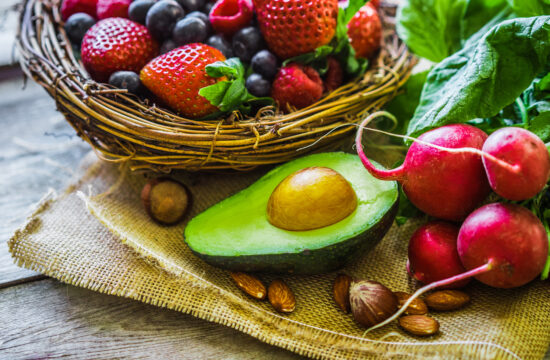Understanding Keto Diet Basics
What is the Keto Diet?
So, let me break it down for you! The keto diet is all about hitting that magical state called ketosis, where your body starts burning fat for fuel instead of carbs. It’s like flipping a switch in your metabolism. With the keto diet, you’re typically eating a high-fat, moderate-protein, and very low-carb diet. The idea is to starve your body of glucose, so it turns to fat instead.
Typically, you’ll be looking at a macronutrient ratio of around 70% fats, 25% protein, and only 5% carbs. Sounds a bit crazy, right? But trust me, it works for many people trying to shed those extra pounds and even stabilize blood sugar levels.
Need a Strong Nutrition Boost for Your Diet? Take a Look...
Now, the diet can vary person to person. Some folks may tweak their ratios a bit, depending on their goals, whether it’s weight loss, muscle gain, or simply maintaining a healthier lifestyle. But the essence remains the same—getting your body to use fat as its primary energy source!
Why Macros Matter
The Importance of Tracking Macros
Alright, let’s talk about why keeping an eye on your macros is crucial. When you’re on keto, your body relies heavily on the right balance of fats, proteins, and carbs to enter and stay in ketosis. If you don’t track these, you could easily slip out of that state and lose all your hard work.
For me, tracking macros was a game-changer. I used apps like MyFitnessPal to log my food, and it really opened my eyes to what I was putting in my body. Plus, knowing how much of each macro I was consuming helped keep me accountable.
Moreover, understanding your macros can give you insight into how different foods affect your body. Not everyone processes food the same way, and tracking these numbers helps you discover what works best for you!
Need a Strong Nutrition Boost for Your Diet? Take a Look...
Calculating Your Ideal Macros
Finding Your Unique Ratios
Here’s a little nugget of wisdom from my personal journey—calculating your ideal macros isn’t as daunting as it sounds! You can start by using an online calculator, but the real magic happens when you adjust based on your progress.
I began by determining my daily caloric needs and what percentage of that I wanted from fat, protein, and carbs. It helped me devise a realistic meal plan that kept my energy levels up while meeting my weight loss goals.
After a few weeks of trial and error, I found the right balance that worked for me. Don’t be afraid to tweak your numbers! If you find you’re feeling sluggish or not losing weight, it might be time to rethink your macro ratios a bit.
Foods to Include in Your Diet
Top Keto-Friendly Foods
When it comes to stocking your kitchen with keto goodies, I’ve got a few favorites! High-fat foods are your best friends on this journey. Think avocados, nuts, seeds, olive oil, and fatty fish like salmon. They not only help you hit your macro goals but are also super satisfying!
Good HealthY DIETING Solution is Easier Than Most People Think!
Take a Look for Yourself!
Don’t forget about low-carb veggies! Spinach, kale, broccoli—these greens are great for adding volume to your meals without racking up those carb counts. They also pack in vital nutrients that keep you healthy!
Protein is crucial too, but keep it moderate—think chicken, beef, and eggs. I’ve found that when I focus on whole, unprocessed foods, not only do I feel better, but my cravings diminish, making it easier to stick to the plan.
Tracking Progress and Adjustments
Measuring Success
Keeping tabs on my progress was key. I used to weigh myself weekly, but over time, I realized that it’s not just about the scale. I started measuring my waist and taking progress pictures to see those subtle changes!
Pay attention to how you feel! Energy levels, mood, and even skin clarity are great indicators of how well the diet is working for you. If I felt more energetic, I knew I was on the right track.
And don’t be scared to adjust! If you hit a plateau, it might mean needing to tweak those macros or try a new approach. The keto journey is personal—listen to your body and adapt as necessary.
FAQs
1. How do I begin the keto diet?
Start by educating yourself about the macronutrient ratios, plan your meals around high-fat, low-carb foods, and consider tracking your intake with an app.
2. Can I eat fruit on a keto diet?
Generally, fruits are higher in carbs, but some options like berries can be consumed in moderation. Just be sure to track your carb intake!
3. How long does it take to get into ketosis?
For most people, it can take anywhere from a few days to a week to enter ketosis, depending on your body and how carefully you follow the diet.
4. What should I do if I hit a weight loss plateau?
Try reassessing your macros, increasing your activity level, or incorporating intermittent fasting into your routine to kickstart weight loss again.
5. Is the keto diet suitable for everyone?
While many people thrive on keto, it may not be suitable for everyone. It’s wise to consult with a healthcare professional before making drastic dietary changes.












